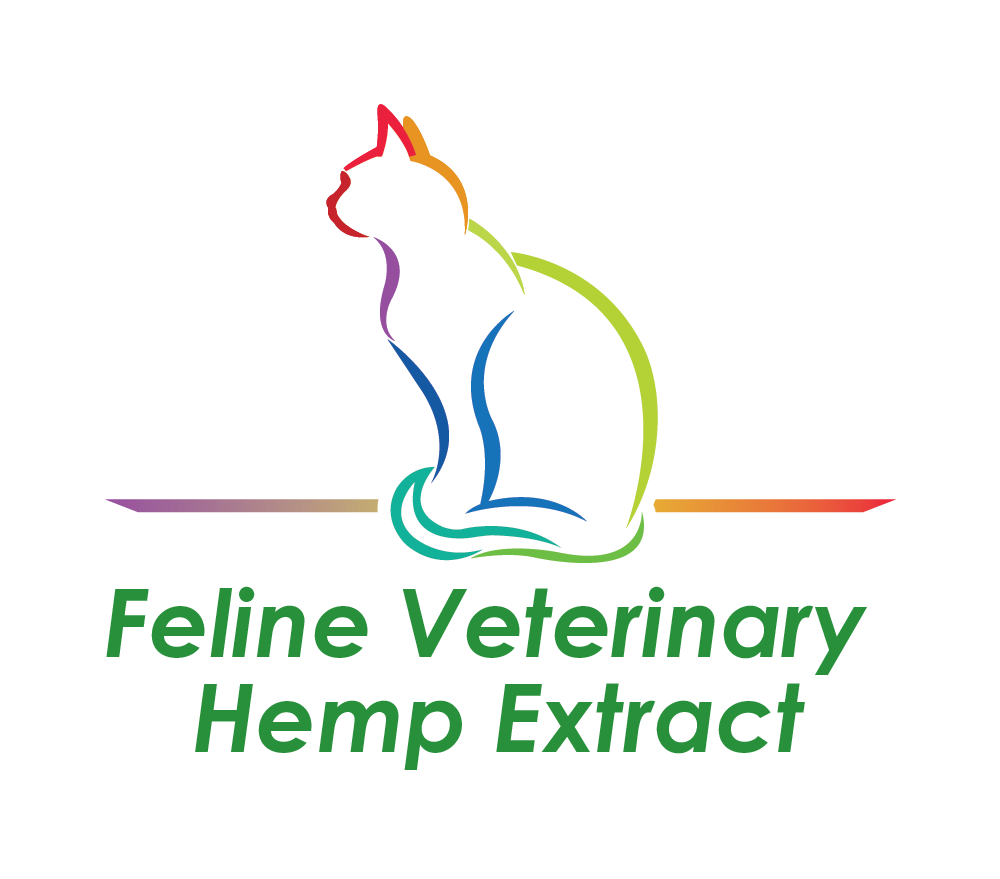Texas Rain Brings Out the Mushrooms: A Guide to Yard Varieties (Safe and Not-So-Safe)
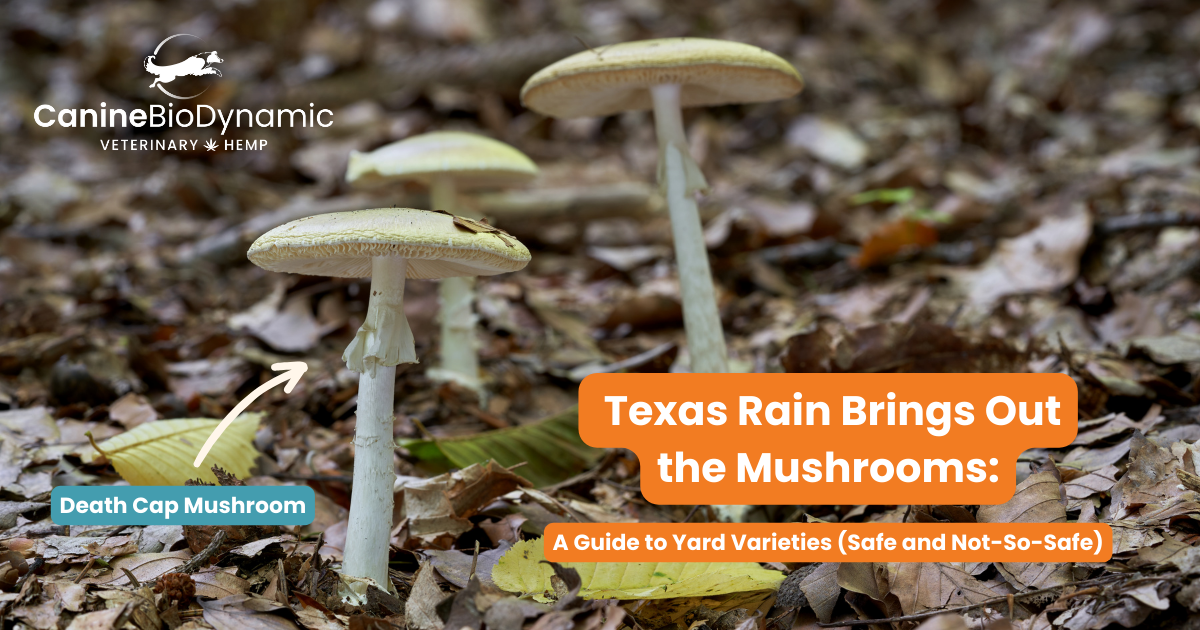 After all of this rain, What are those Mushrooms Popping Up in my yard
After all of this rain, What are those Mushrooms Popping Up in my yard
The sun peeks through the clouds afteryet another Texas downpour, and you head outside to admire your revitalized yard. But wait! What are those strange little bumps sprouting from the ground? Mushrooms!
These fascinating fungal fruiting bodies are a common sight after heavy rains in Texas. While some are harmless decomposers, others can be deadly. This guide will equip you to identify some common Texas yard mushrooms and, most importantly, recognize the highly poisonous Death Cap Mushroom .
Why Do Mushrooms Appear After Rain
Fungi, the organisms that produce mushrooms, exist as a network of threads (mycelium) hidden beneath the soil. This network constantly breaks down organic matter. After a good soaking rain, the ideal conditions arise for the fungus to produce mushrooms, its reproductive structures. The mushrooms erupt from the ground, releasing spores to continue the fungal life cycle.
Common Yard Mushrooms in Texas
Texas boasts a diverse range of mushrooms, but here are a few frequently seen after rain:
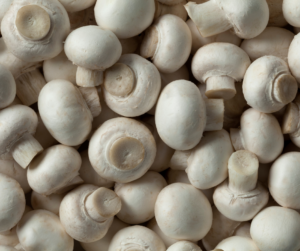
Button Mushrooms
- Button Mushroom (Agaricus bisporus): This white, dome-shaped mushroom with pink or brown gills is the kind you find at the grocery store. Safe to eat (when store-bought!), it has a smooth cap and a ring around its stalk.However, be cautious of look-alikes in the wild.
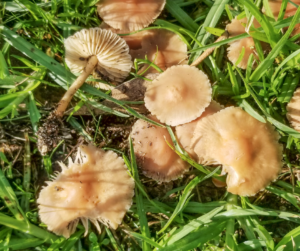
Fairy Ring Mushrooms
- Fairy Ring Mushroom (Marasmius oreades): These tiny brown mushrooms often appear in rings or arcs on lawns. They’re considered edible by some experienced foragers, but their taste is mild.
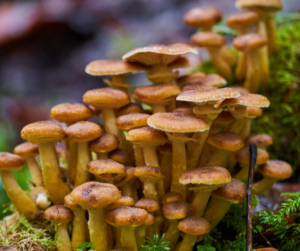
Honey Mushrooms
- Honey Mushroom (Armillaria species): These clusters of yellow-brown capped mushrooms with a ring on the stalk typically grow at the base of trees. While some Armillaria species are edible, others can cause stomach upset.Leave identification to experts.
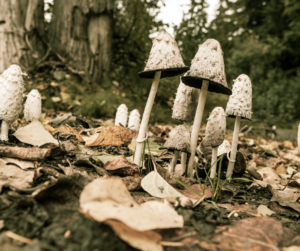
Shaggy Mane
- Shaggy Mane (Coprinus comatus): This impressive white mushroom with shaggy scales on its cap hatches from an egg-shaped sac. It’s considered a delicacy by foragers when young, but quickly liquefies as it matures.
The Not-So-Friendly Fungus: The Death Cap
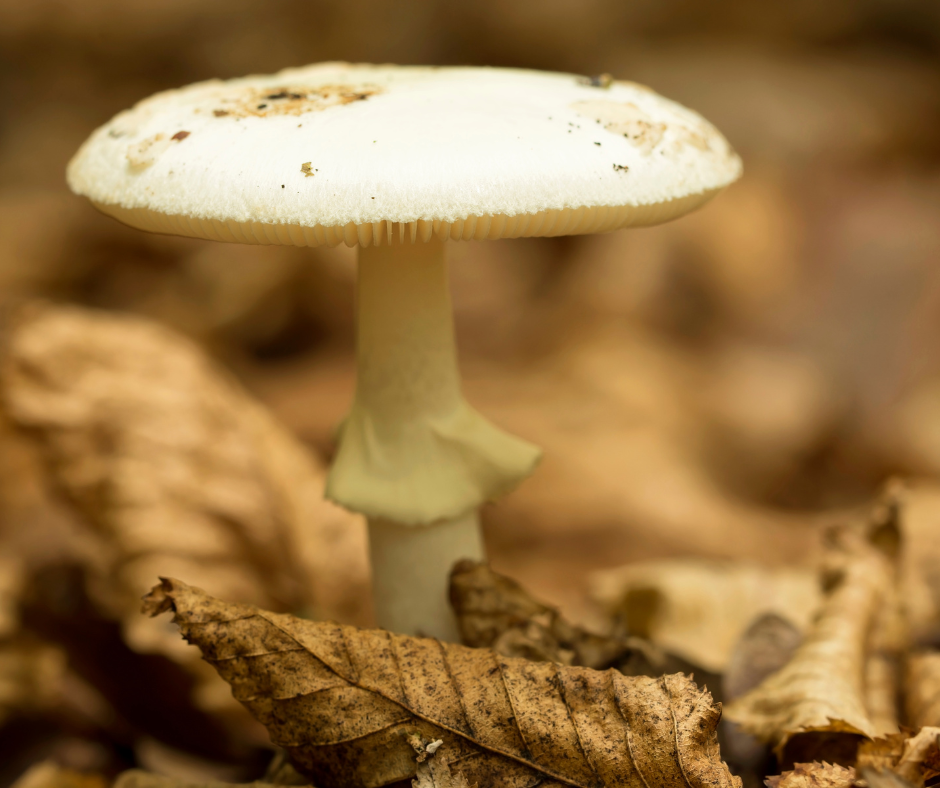
Death Cap Mushroom
Among the diverse cast of yard mushrooms lurks a villain – the Death Cap (Amanita phalloides). This highly poisonous mushroom is responsible for most mushroom-related fatalities worldwide. Here’s how to identify it:
Death Cap Identification Characteristics:
- Cap: Greenish-yellow, olive, or white, smooth and usually around 3-6 inches in diameter.
- Gills: White and free from the stem (not attached).
- Stalk: White with a bulbous base surrounded by a sac-like volva (universal veil).
- Ring: A white, skirt-like ring on the upper part of the stalk.
- Smell: May have a faint, sweet or radish-like odor.
Important: These descriptions are for informational purposes only. Never consume a wild mushroom unless positively identified by a qualified expert.
What to Do If Your Dog Eats a Mushroom
Immediate Steps:
- Remove any remaining mushroom material: If you see your dog with a mushroom in its mouth, carefully remove it. Wear gloves if necessary to avoid contact with any toxins.
- Call your veterinarian or animal poison control immediately: Don’t wait for symptoms to appear. Early intervention is essential.
- Collect and preserve a mushroom sample (if possible): This will be crucial for the veterinarian to identify the mushroom to send out to an outside Lab and find out the kind of mushroom and determine the appropriate treatment. Ideally, collect the entire mushroom, including the stem, cap,and any remnants from the ground. Place it in a paper bag or paper towel (not a plastic bag) to prevent further decomposition.
Veterinary Treatment:
The veterinarian will assess your dog’s condition and take steps to:
- Decontaminate the stomach: If the ingestion happened within a few hours, the vet will induce vomiting to try and expel any remaining mushroom material.
- Administer activated charcoal: This can help absorb any toxins in the stomach and intestines.
- Provide supportive care: This may include intravenous fluids to combat dehydration, medications to control symptoms like vomiting or diarrhea, and monitoring of vital signs.
Signs of toxic mushroom ingestion include :
- The onset of illness is fast with signs occurring in 30 minutes up to 6 hours.
- Signs include weakness, lack of coordination, tremors, hallucinations, vocalizations, disorientation, agitation, and seizures.
- These toxins can also affect the kidneys and liver causing a myriad of problems.
Long-Term Care:
Depending on the type of mushroom ingested and the severity of the poisoning, your dog may require hospitalization and ongoing supportive care. The veterinarian will closely monitor your dog’s liver and kidney function, as these organs are often affected by mushroom toxins.
Key Takeaways:
- Time is critical: Act quickly if you suspect your dog has eaten a mushroom.
- Don’t wait for symptoms: Call your veterinarian or animal poison control immediately.
- Collect a mushroom sample (if possible): This will aid in identification and treatment.
By following these steps and seeking professional veterinary help promptly, you can increase your dog’s chances of a full recovery from poisonous mushroom ingestion.
Have questions about your pet’s health or how CBD can benefit them? Dr. D is here to help! With years of experience in pet health and CBD therapy, Dr. D can provide personalized advice and guidance. Whether your pet is suffering from arthritis, anxiety, or other ailments, CBD could be a valuable part of their treatment plan. Contact Dr. D today to learn more and see how CBD can improve your pet’s quality of life.
Call Dr. D, at 512-413-2349 or visit the website store: Canine BioDynamic

